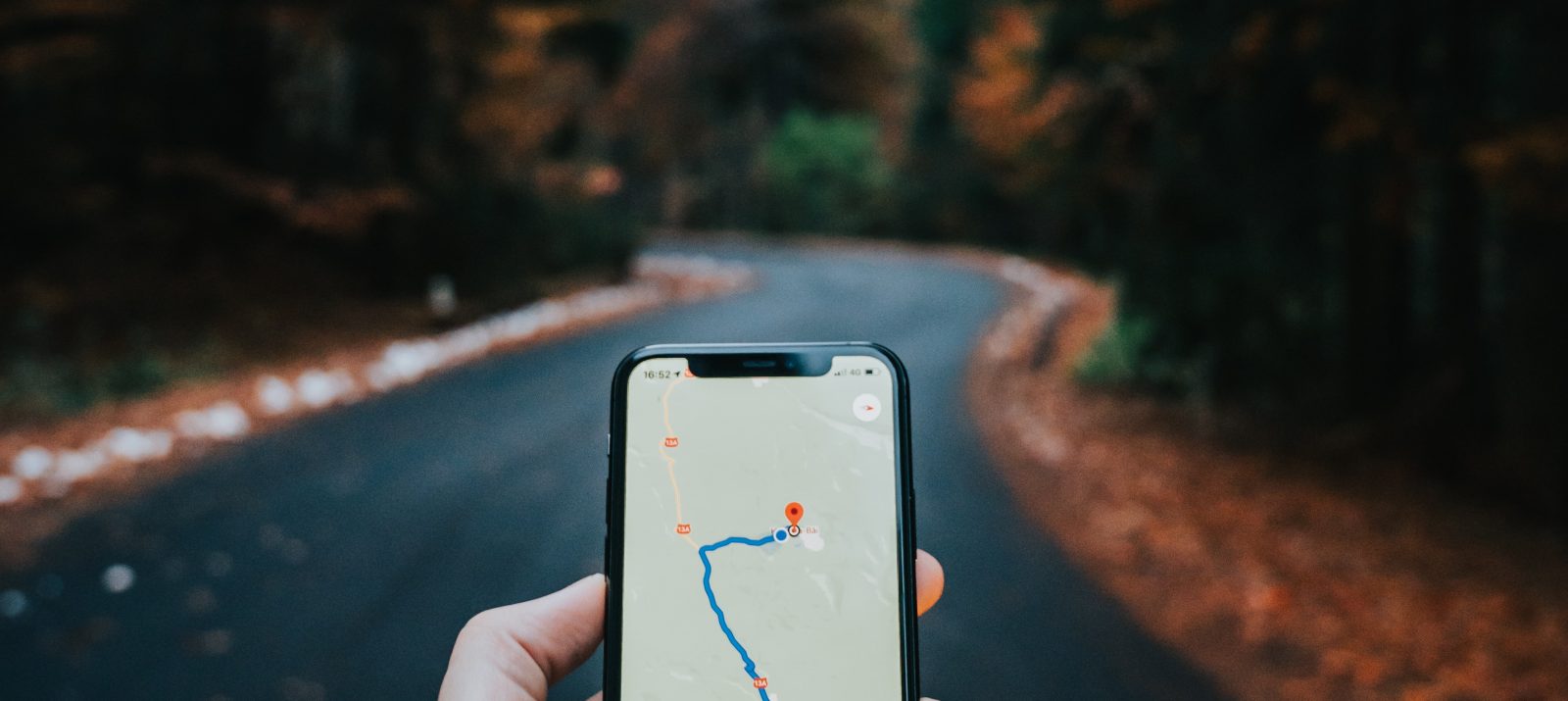
Location sharing on smartphones is used in a variety of situations, such as navigating a foreign city with a map app, quickly locating someone in an emergency, or catching digital monsters on the street. This is usually practical and often facilitates everyday life. However, many apps also use the collection of location-based data for analysis and advertising purposes. Therefore, this function should be discussed with children and young people.
Location sharing is a feature of the smartphone that is accessed by various apps. For example, a map app such as GoogleMaps can use it to detect where the user of the smartphone is currently located. A person can share their current location, for example, via a messenger such as WhatsApp or Signal , actively communicate live to another person or group for a specified time.
There are apps that access the location in the background once the user has given permission. The release is usually intended to enable a specific function of the app, such as navigation to the next bus stop.
Location sharing on smartphones or other mobile devices is mainly enabled by two factors: the activated location using GPS or the use of mobile data or a specific WLAN.
Children and young people can use this function to date more easily or share their lives with their friends. In many apps, location sharing is a basic feature, for example, on Snapchat . In it, teens can track where their friends are on a map or where the latest story photo was taken.
Children and young people often underestimate the amount of data that is passed on to the companies behind them with location sharing and other authorizations. Location sharing and other data are collected, combined and thus a complex movement profile is created. This is used for advertising or resold for other interests that are not always clear.
If someone else can see where you are, that can be an invasion of privacy. Because not always, one is aware that the location sharing is enabled!
Not all apps need the location to perform their functions, but still want to access it. Therefore, the settings should be checked.
Location sharing can be controlled by deliberately turning the “Location” (Android) or “Location Services” (iOS/Apple) feature on and off. This function can be found either in the quick settings (not on iOS) or in the settings menu.
In some cases, automatic location sharing – when opening and using an app or permanently – is enabled. This setting should definitely be changed in the app permissions and set up for each app individually.
The smartphone also wants to access the location to set some functions, such as the automatic time setting. You don’t have to let that happen once you manually set the time on your or your child’s device.
Even if you disable location tracking via GPS and mobile data, many devices can still detect where you are. When you make a call, your phone connects to a nearby cell tower. When you are at home, use the wifi. This way, your mobile operator knows which cell you are in. The location determination is not as accurate as with GPS, but still accurate enough.
Does your child not yet have a smartphone, but already has a smartwatch? This one also requires attention to settings such as location sharing. Read more about this in our article The smartwatch as an entry into the digital world?
It is not uncommon for site clearance to be associated with conveniences and not necessarily necessities. Therefore, think carefully about when you do not want to do without it and when it is more important to protect the personal data of yourself and your child as well as possible. For the best privacy protection, we would have to turn off our smartphones altogether!
Point out the topic of data security to your child. Talk about the benefits and risks of location sharing and show how to turn the feature on and off on mobile. Use outdoor apps and activities like geocaching to make it fun and clear how location tracking works.